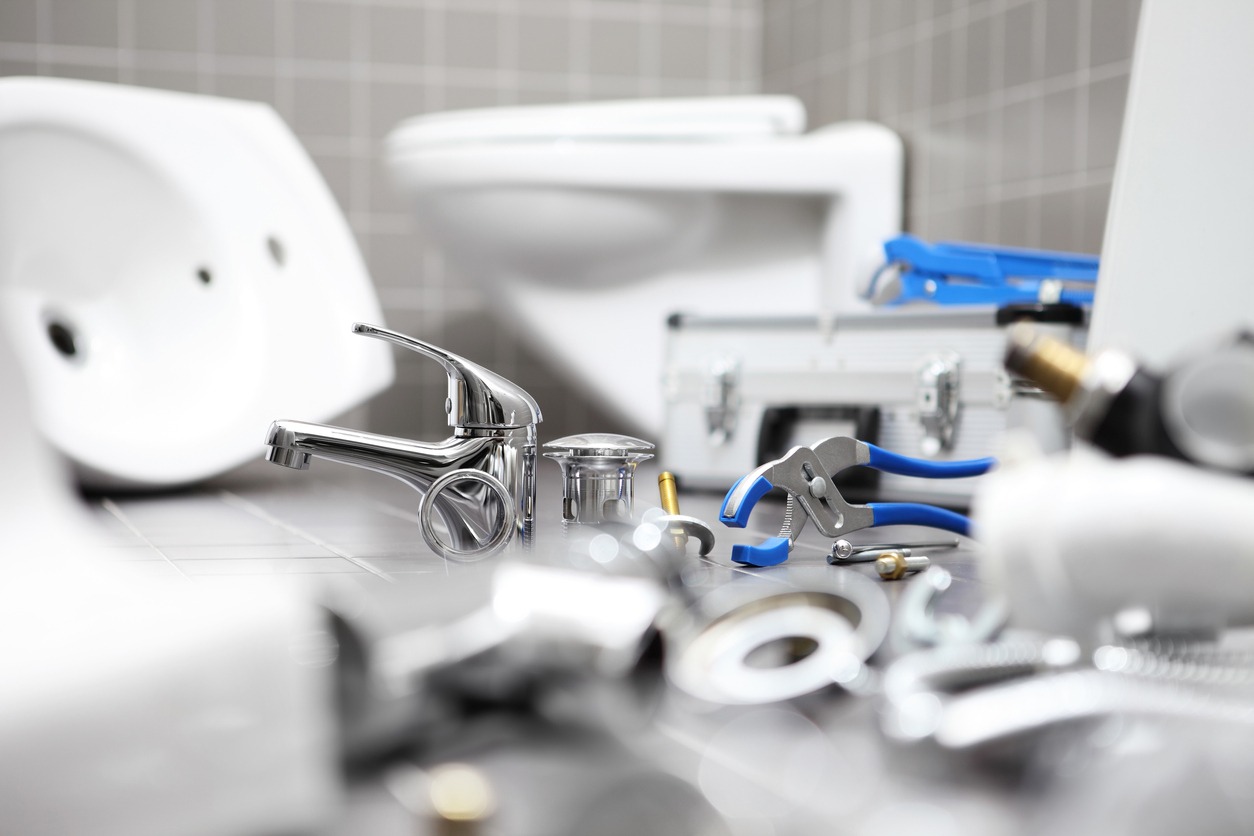Like any other system in a building, plumbing should also be kept well-maintained. Some homeowners often overlook plumbing, resulting in damages checked when it is only big and needs immense repairs already.
One of the essential components of plumbing is the drain, waste, and vent system. Most pipes hide under the floors, behind the walls, and in-between ceilings and roofs. The DWV system should have regular maintenance to keep it functional and reduce the risks of plumbing emergencies which may cost you more.
Aside from costs on major repairs because of lack of maintenance, an old DMV system may cause problems and wastewater to come back to homes. The good thing is that plumbing companies specialize in repairs and checkups of DMV systems.
What Exactly is the DWV System?
Also called the sanitary system, the Drain-Waste-Vent system frees wastewater from toilets, bathrooms, and sinks. Waters used from dishwashers and washing machines are also running through this plumbing system.
A DWV system consists of pipes that have different functions. Drain pipes are where the water from sinks, bathrooms, and bathtubs flows. Waste pipes are where the water and sewage from the toilet go. The vent pipes are responsible for exhausting sewer air through an exhaust pipe located on the roof and supplying new air to make the sewage flow smoothly without producing any noise.
The drain and waste pipes collect the wastewater and direct them to the septic tanks. The layouts of these DWV systems vary on the structure of the home. But most households follow a basic layout, where the stack runs from the roof to the basement and is connected to each level of the house using a horizontal pipe that collects the wastewater.
It is the most imperative and challenging plumbing system used in homes. Plumbing contractors install the DWV system first to ensure it is safe and effective. A specific pipe size, fixture, and slope level fall under particular regulations for proper sanitation.
How The DWV Works
As the wastewater goes through the drain, it flows past a pipe that creates a water seal to keep sewer gasses from homes. Then it passes through the sloped horizontal drain pipes and brings the wastewater to the stack. The drain pipes become fixed by being put into a slanting position to prevent water from stocking up inside and clogging.
When the wastewater flows on the drain pipes, It is time for the vent pipes to work. Because of the vent pipes, the foul smell that the sewage creates exits the homes through the roof vent.
Typically, the municipality often provides sewer service. Or, sometimes wastewater goes to the septic system.
Why Checking Up is Necessary
The DWV system is a vital part of every household. If you do not have it, your home may smell like sewage because of the sewage gasses, and wastewater may come back to the drain. Because of this plumbing system, households are kept sanitary and clean. The sewage gasses can be harmful to your health, not only because it smells bad, but they’re possibly harmful to your health.
If you are knowledgeable about the pattern and layout of your DWV system, you can look for the sources of clogs and fix them immediately.
Pipe Sizes Matters
For everything to function safely, the DWV pipes have a standard size that is larger in diameter compared to other plumbing pipes to minimize blocking and clogging. Usually, the main pipes used for toilets measure 4 inches in diameter, while showers use pipes with a 2-inch diameter.
A plumbing code determines the minimum size requirement of pipes used. It has a fixture unit chart where you can identify the pipe size you need to use for each fixture. Also, it specifies the recommended distance of vent pipes and fixtures.
If you are experiencing problems with your DWV plumbing system, you can contact a local plumber to check on it. It is important to fix the problem immediately before your pipes burst with sewage and wastewater.

